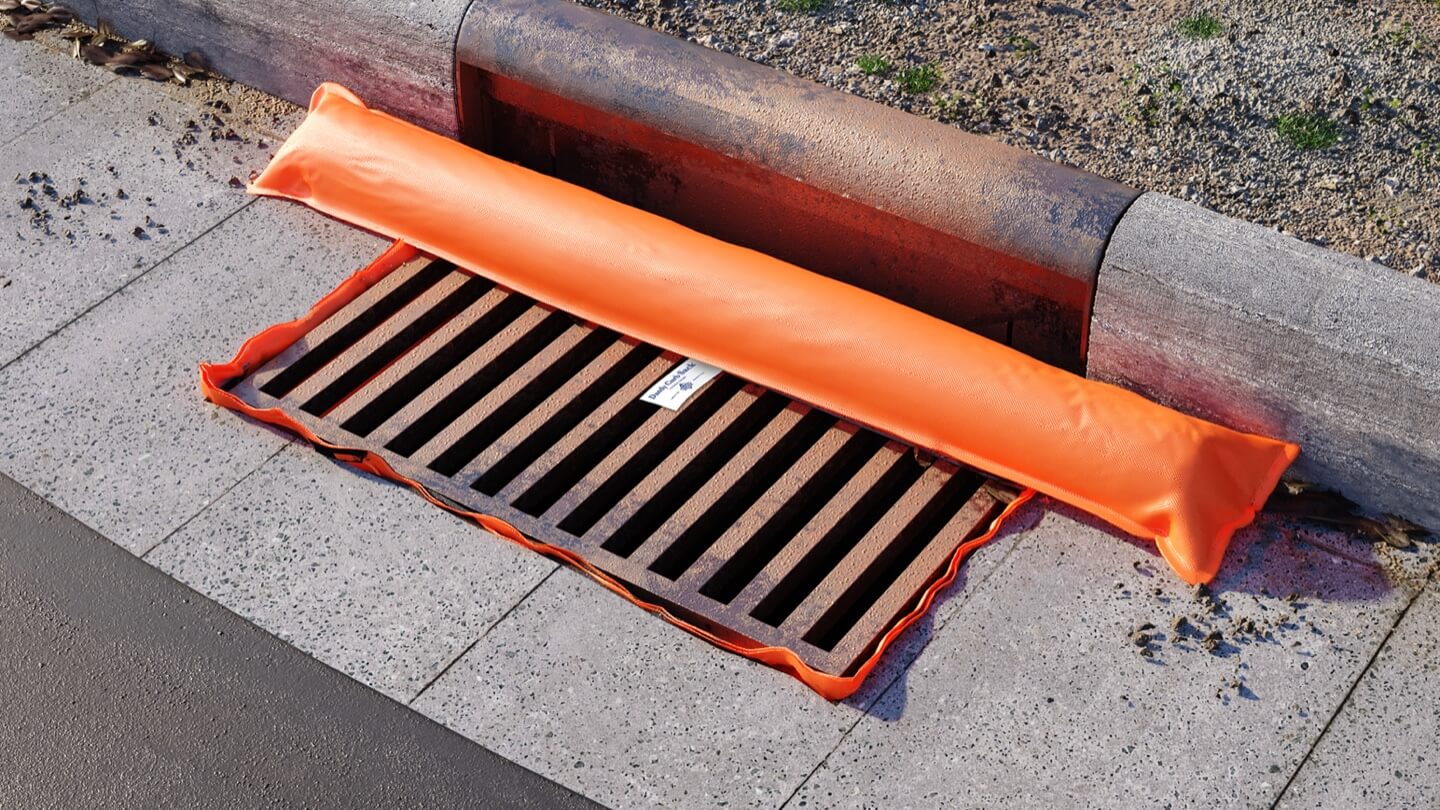What is an Inlet Filter?
Inlet filters control the amount of sediment by trapping it. That is the purpose behind their existence. These are meant to be a temporary solution when the soil is disturbed. It is also used to keep soil out of storm drains when it rains. Protecting the drinking water used by cities is paramount and part of the reason as to why these filters exist in the first place. They work by keeping the silting from entering through the inlets, storms drains, and recovery channels. Check out a video of an inlet filter in action.
Naturally, with any kind of construction where the soil may be disturbed, it is also good to keep the construction debris from coming into contact with ground water. A filter can be used to allow the water to go through it while having the filtering part be small enough to stop silt, dirt, or debris, regardless of how fast or slow the water flows.
What Types of Inlet Filters Exist?
Due to low, medium, and high current speeds (based on rainfall or flooding) there are varying types of surface filters to choose from.
- There are also surface curb filter that can be used for larger scale projects such as basins.
- Another type of stormwater protection is an inlet tube and these can either be weighted or non-weighted tubes.
- The weighted ones don’t need to have a stake in the ground to keep them in place. They are typically placed on top of gravel, asphalt, or any other hard surfaces, and work well in areas where construction traffic may occur around an opening where water may enter.
- The non-weighted tubes can be used in other types of environments, such as grass or brush, and are typically tied down with stakes.
- Erecting a barrier of porous fabric around an inlet creates a shield against sediment while allowing water to flow through the drain.
- You can use specific filters to capture particular industrial or commercial pollutants, such as hydrocarbons and metals where other BMP’s (best management practices) such as pretreatment for certain contaminants before moving water flows directly into ground aquifers.
While there are many different types of inlet filters and methods to combat erosion control (and the spread of harmful contaminants), it’s generally a good idea to consult with a professional before finalizing a project. There are a few quality inlet protection companies with experience in ensuring that construction projects are CWA (Clean Water Act) compliant, which can help prevent any costly fines levied by state inspectors.
